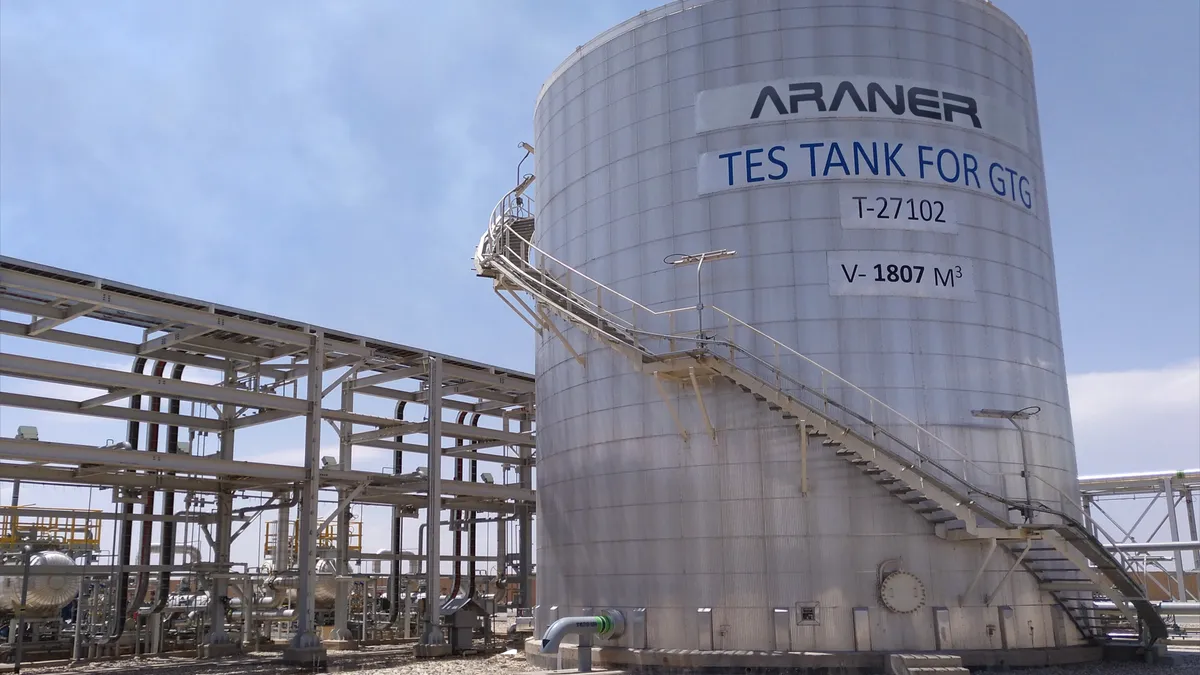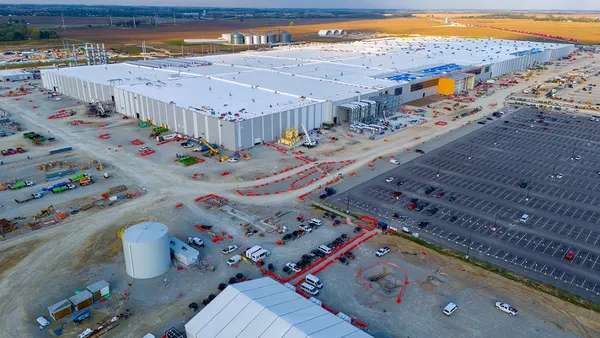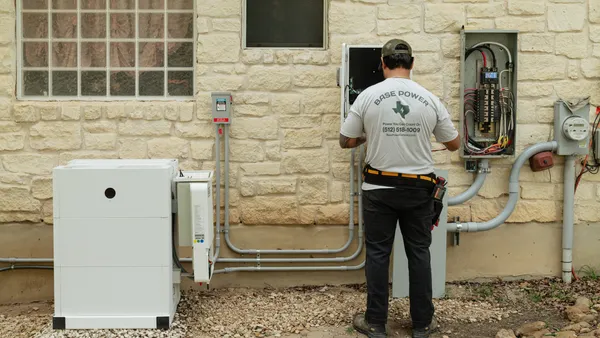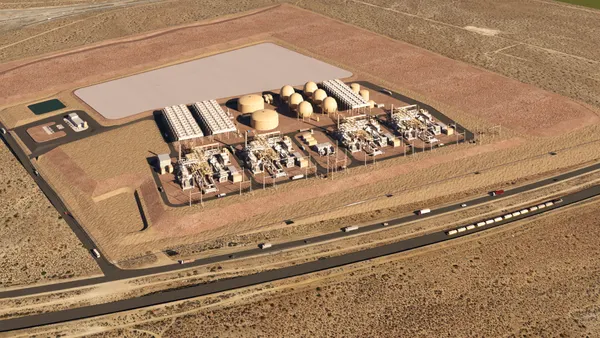Three Department of Energy national laboratories this month launched a consortium to spur the development of thermal energy storage, or TES, for buildings.
The consortium, dubbed Stor4Build, will be led by the National Renewable Energy Laboratory, the Lawrence Berkeley National Laboratory and Oak Ridge National Laboratory, NREL said Nov. 15.
The consortium plans to work with stakeholders, including industry, utilities and nonprofit groups, to speed the development and market adoption of TES technologies, which store energy in a material such as water or salt hydrates, instead of as electrical energy, according to NREL.
"These three national labs have complementary competencies in materials science, device development, demonstrations, and market transformation that will enable overall success,” Ravi Prasher, Berkeley Lab's former associate lab director, said in a statement.
Thermal storage can increase load flexibility, promote the use of renewable energy sources and allow heat pumps to function more effectively and in more extreme climates, NREL said.
DOE’s Building Technologies Office, which is funding the consortium, aims to reduce the installed capital costs of TES to less than $15/kWh of stored thermal energy and to shift half of all building thermal loads over four hours to TES with a three-year installed cost payback.
The consortium intends to draft metrics for identifying optimal performance targets for power and energy density, working temperature, materials and systems costs, round-trip efficiency, lifetime and durability, installation and operation, and maintenance costs for building TES, NREL said.
"By shifting [heating, ventilation and air conditioning] loads off-peak, TES addresses grid challenges associated with electrification and decarbonization,” Kyle Gluesenkamp, ORNL senior scientist and Stor4Build co-director, said. But new materials and new methods of integrating storage with HVAC will be needed for the technologies to have a big effect, he said.
The group plans to focus on four research areas: materials optimization and manufacturing; modeling and analysis; system optimization and integration; and market, policy and equity.
The consortium plans to develop a community-scale TES demonstration project that can serve as a foundation for large-scale thermal storage deployments, along with electrochemical battery energy storage and systems capable of satisfying both the heating and cooling needs in buildings, NREL said.
The group also plans to release a road map describing TES’s technical and market gaps, according to NREL.














